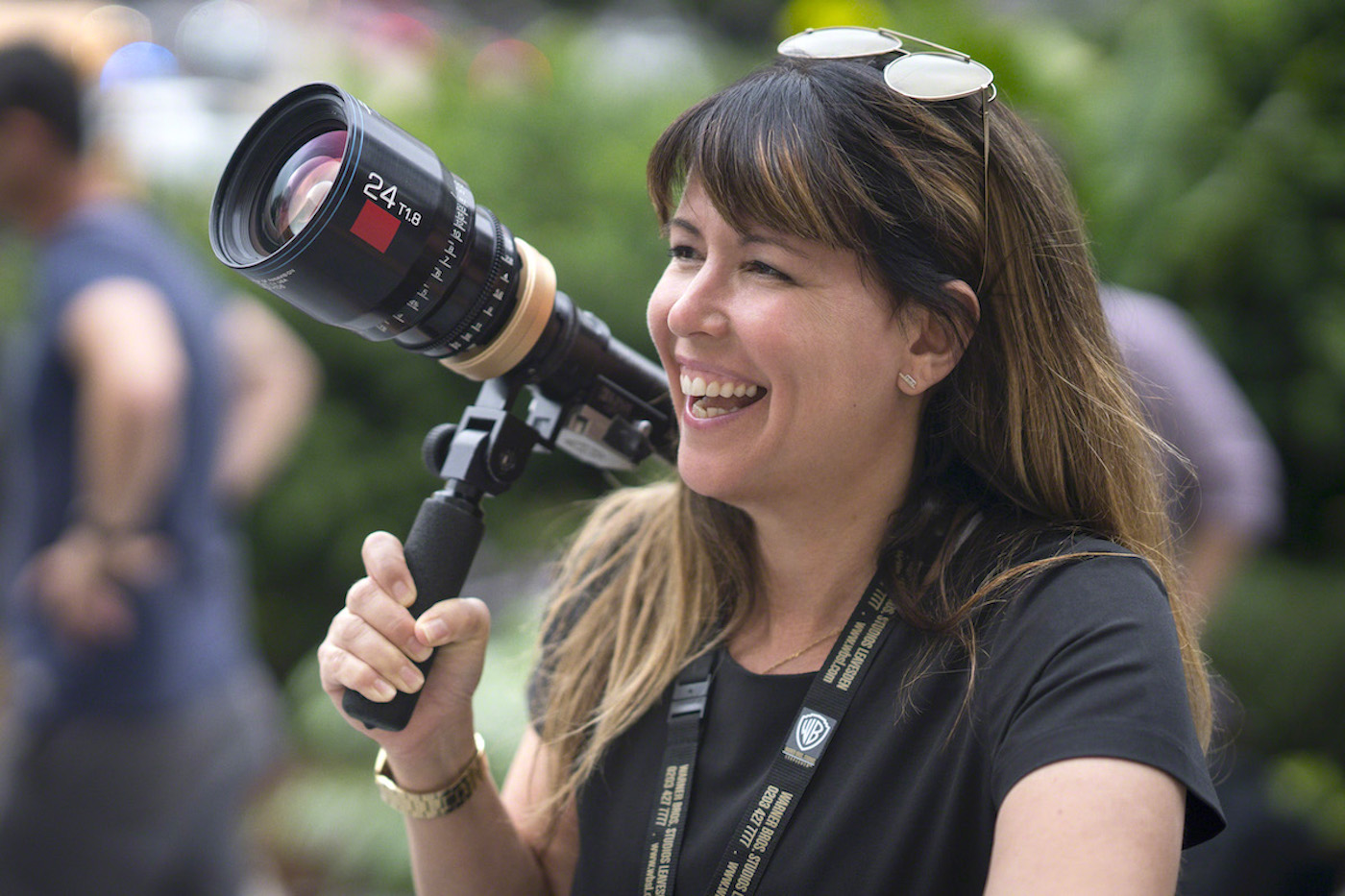I find it unlikely that Diana Prince, aka Wonder Woman, gets up every morning and tells her mirror: “I’m a woman and I’m going to struggle because of it.” The DC Comics superhero – created by psychologist-writer and proto-feminist William Moulton Marston – probably has a mantra closer to, “I am strong, I am proficient, I am smart, and am excellent at what I do. Now, let’s go kick some butt!”
Much the same can be gleaned from talking to Wonder Woman 1984 co-writer/director Patty Jenkins. Before 2017’s Wonder Woman, which broke box-office records worldwide, Jenkins was most known for her debut feature, Monster. Four years out of the American Film Institute, with some eight short films in her pocket, Jenkins wrote and directed the dark drama, which swept the film festival and awards circuit, and was rated by Roger Ebert as the best film of that year (2003) and number-three best film of the decade.
Jenkins has also directed dozens of commercials and TV shows, including the pilot and final episode of AMC’s The Killing, for which she won a DGA Award; Fox’s Arrested Development; and the pilot episodes for ABC’s Betrayal and Exposed. But before all that, Local 600 crews will recall her career as a Guild camera assistant and focus puller. Over eight years, on mostly music videos and commercials, Jenkins honed her filmmaking skills and unflappable work ethic. I spoke with the film industry’s “real Wonder Woman” about how she thinks more women can get into the seat she’s in, and how being a Union camera assistant was the foundation of her success.
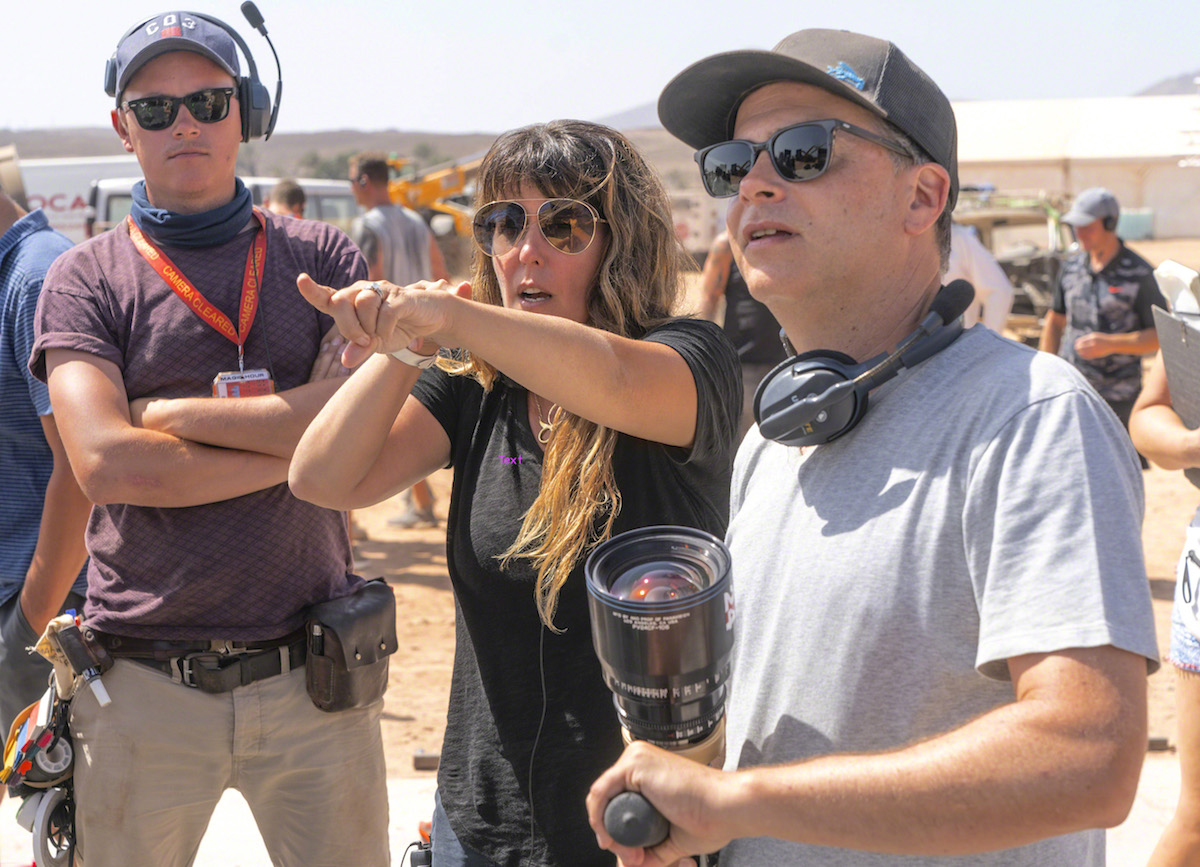
ICG Magazine: Going from camera assistant to director – AFI notwithstanding – is a big jump. How daunting was it? Patty Jenkins: It was all I’d ever wanted to do. I had been a painter, and I crossed over into wanting to make films. But I never wanted to be a cinematographer – it just wasn’t something that I ever considered doing, so it felt like I had no choice but to transition. I loved being a camera person, and I learned so much. But I got to a point where I knew that my ultimate goal was to make my films, and I was so busy as a camera person I was never getting any closer to that goal. Going from high-end commercials as an assistant to small short films as a director wasn’t daunting – by the time I was making a feature, I’d made about eight short films. Interestingly, when I made Monster, people kept commenting that they were surprised how I never seemed to get tired. I was so confused as to what they meant, and then I realized that shooting every day for 10 years was incredibly helpful for making the transition into directing. Working really hard, for a lot of hours a day, is not something you’re unfamiliar with in the camera department. [Laughs]. Working in camera was a tremendous benefit to where I am now.
What were the barriers when you were making that transition? There was every barrier you can imagine. I got really lucky that I happened to get into a situation where I wrote Monster. If that hadn’t happened, if I didn’t have that script and Charlize Theron didn’t want to be in it, I don’t know how I would have done it. Every other avenue I looked at – doing TV or getting an internship – was just not available. So, it was very fortunate that I just had the screenplay that people wanted to do.
What were the barriers for you to then move into directing a franchise project like Wonder Woman? My pilots had gotten bigger and bigger, so I was used to working at a larger scale. And I’d already been working in those very high-end commercials as a camera person. But there was still a transition. The most complex thing in making a major film – a superhero movie, which is almost always very effects-heavy – is that you have to be directing it every day, start to finish. From pre-production, you’re already directing it, and all the way into post, you’re still directing it. The biggest thing for me was learning how to plan special and visual effects shots. I needed to get a handle on knowing at what point I had to make that decision and how far in advance I had to plan things, because all of those shots start happening even before you’re shooting. It becomes a very long and complex directing exercise.
Do you see similar barriers in the industry now, compared to when you were making your first film? It’s a radically different world, and that is exciting. And I hope that lasts. I will say that just like I got lucky getting to write Monster, I also got very lucky that [Monster] happened to be a sensational B-movie topic – that’s one reason it got made. A woman’s point-of-view story would’ve been almost impossible to get made. But this happened to be about a serial killer and a lesbian, and you could cast two famous women to play something that would be marketable, straight to video at the very least. Why are there still such clear barriers to seeing women as directors? I don’t know. You could be a producer, that’s acceptable somehow, but not a director. People just don’t associate the two things with each other for whatever reason. And, honestly, even after the success of Monster, nobody wanted to make the movies I wanted to make. They all wanted me to make their movies, which were all generated from the same stereotypical point of view that I didn’t sync up with. When I had the script of something that I wanted to make, they weren’t even interested in reading it! I felt a real mistrust in women’s creative impulses, as if those were somehow foreign. But, thankfully, a lot of that thinking has changed – there’s more accountability. People are now saying that we need not only different directors, but different points of view.
You have worked with many cinematographers – as both an assistant and a director on commercials – and most of them have been men. Do you think there’s an imperative for female directors to hire female DP’s? In theory, of course, because we want gender equity across the board in this industry. But I also feel it’s a complicated conversation because you are always looking for the person who is the exact right fit for that project. And because I hire so many women anyway, I don’t feel like I have to hire anybody in any given department. I happened to have linked up with [Director of Photography] Matt Jensen [ASC], and he and I have the type of working relationship that I love, and I love those results. So, in our case, we just happened to have a good thing going, but certainly, I have considered and loved other female DP’s and think that that would be a great set to be on.
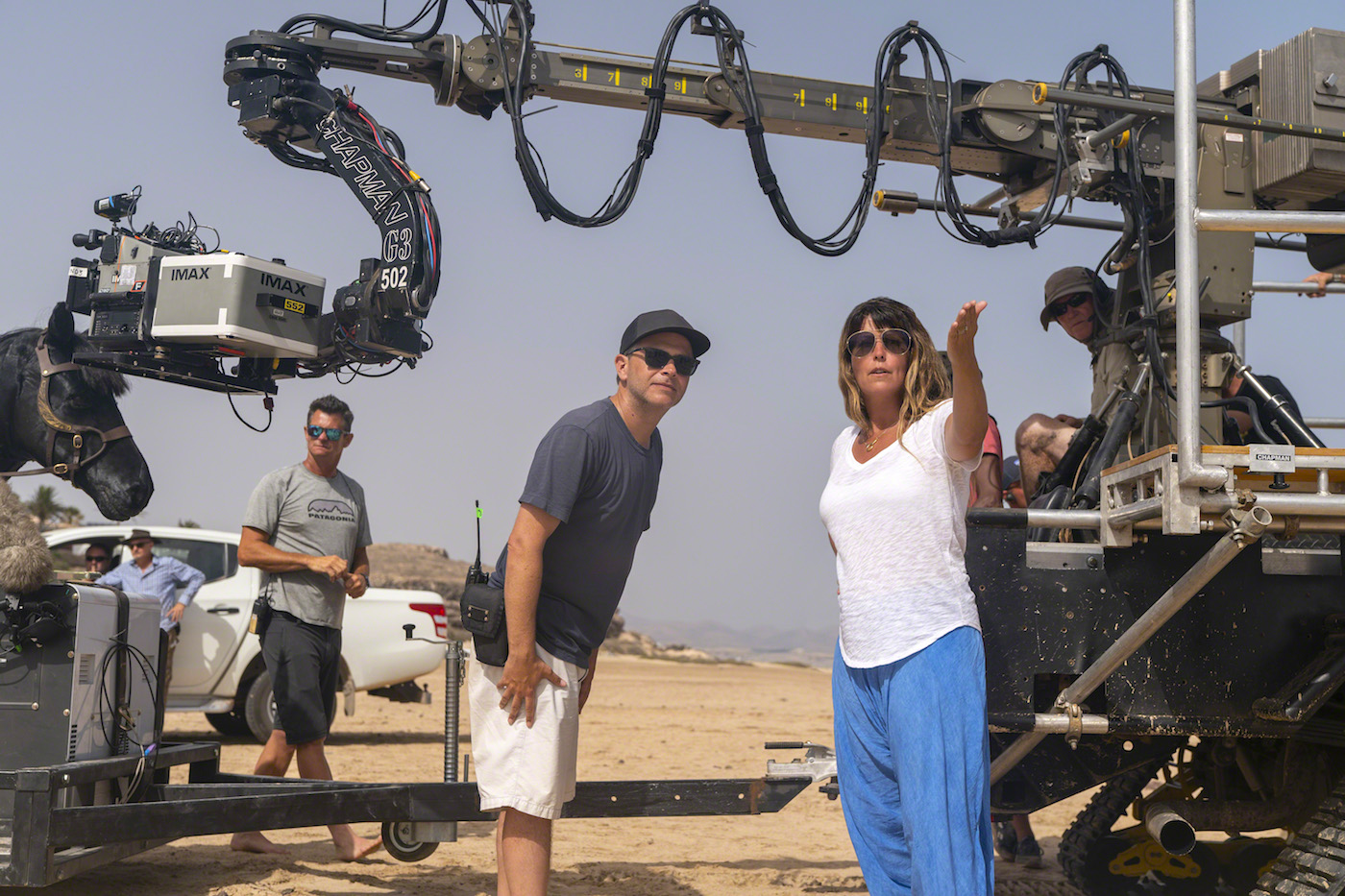
Wonder Woman broke box-office records. Was that your “I made it!” moment? I’ve had those moments of stepping back and saying, “Wow, I cannot believe this is happening.” Interestingly, as the first woman to direct a movie of that size, it was sort of a given that the movie was going to make more money. But it exceeded those expectations, and that was a surreal and magical moment.
Was Wonder Woman 1984 always a given, or was that directly because the first one was so successful? Both. I was already planning it in my mind and working on what I thought the idea would be. Of course, the studio wouldn’t have made a second one if the first one did poorly, so…[laughs].
[Laughs.] Certainly not if you’re a woman… Exactly. And often there’s that thing of women not getting asked to do the follow-up even when they made a successful movie in the first place; somebody else would come in and do the sequel. So, it wasn’t a given, but it was something that I totally believed was going to happen.
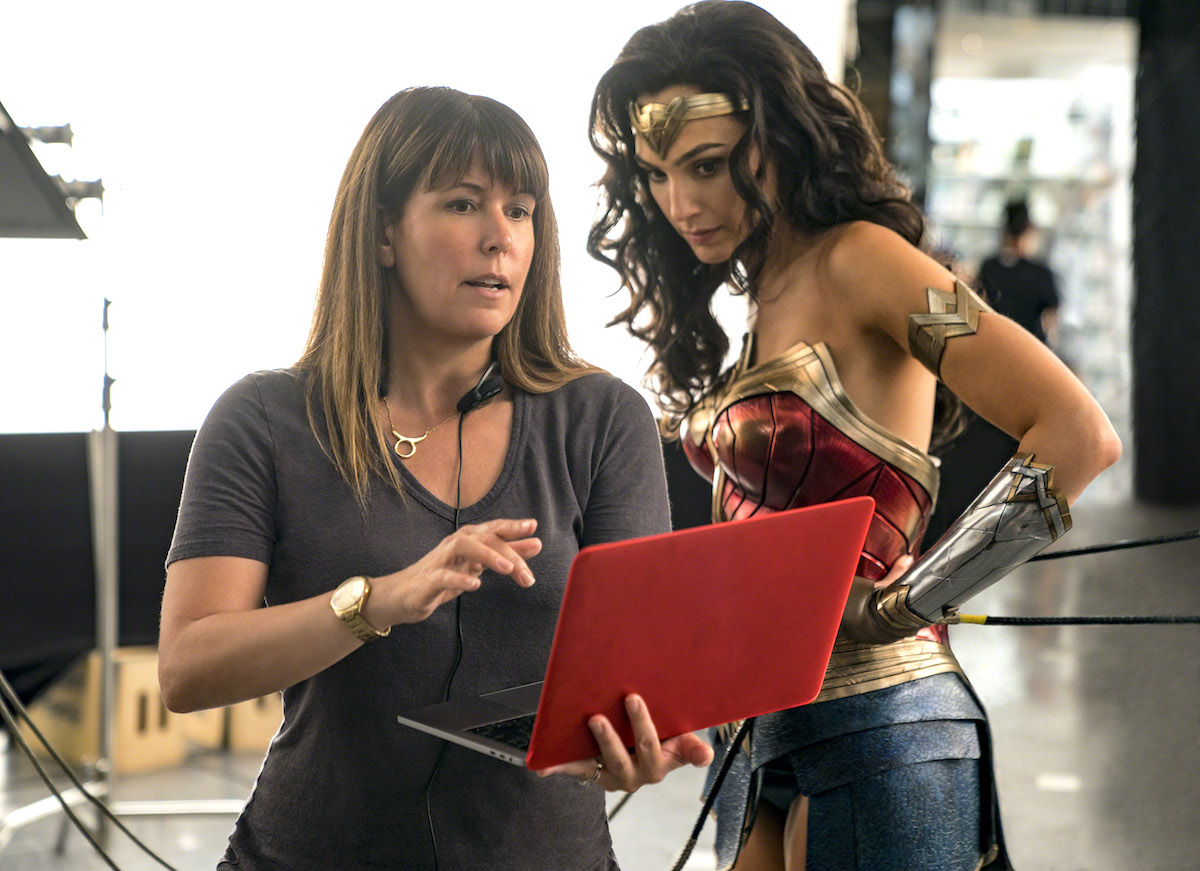
Along with having a story and co-screenplay credit on WW84, you’re a named producer [as is Gal Gadot]. Neither of you was a producer for the first film. Is that something important for directors to consider when signing onto projects? It depends. In my case, I’m very involved in every step of production, so it makes sense. Some directors aren’t interested in being bothered with all those other, sometimes non-creative details, and I feel both ways are valid. I’ve enjoyed not being a producer on things where you can just focus on what you’re doing, but in the case of Wonder Woman 1984, I was doing the job anyway. So, it was important for me to get that credit.
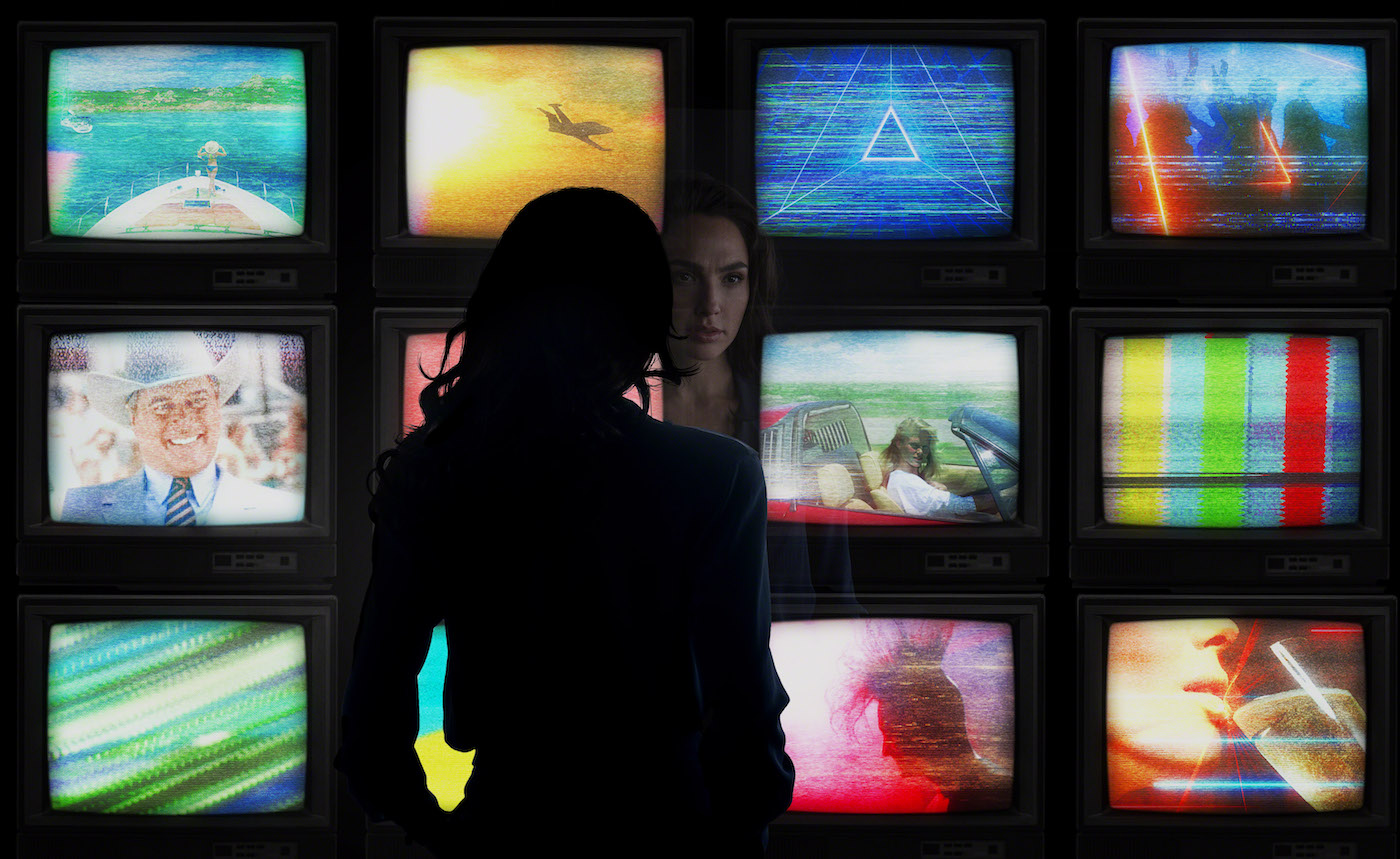
Was there a single most challenging VFX moment for you on this show? It’s actually one I can’t talk about until the film comes out, but there are two scenes that required completely VFX environments that were super-interactive. That was both an unbelievable challenge to shoot and see through all the way to the end, as you have to match lighting of what is happening via LED screens all around the actors, and then create the environments afterwards to match. And make them great-looking! For other sequences, Matt and [VFX Supervisor] John Moffatt and I had to be in sync every step of the way. You all have to be on the same page to pull such things off.
Do you use previsualization for the most complex VFX scenes? We absolutely previsualize for almost everything complex, or have very clear story boards if not. That doesn’t mean that a lot doesn’t happen on the day. Non CG and real in-camera effects change things, and you have to work the other way around. But having a clear plan is your best bet for making things look great. It also allows VFX the most time to work on shots, because they can be doing a lot of the R&D phase of building elements and methods even before you shoot the scene or shot. Some people come into these movies wanting to wing it and not have previs, but I strongly suggest they reconsider that model, because on these films it’s the other way around of what you might think. Previs does not lock you in and hold you back from directing. It is your only shot to direct beautifully and allow yourself the time to make things look great.
There are still very few women entrusted with blockbuster franchises. What’s your best advice for women to break that glass ceiling and direct big-budget films? Well, having a rigorous technical background, as I did in camera, is a huge benefit. And I think that that’s true for anybody, male or female, but I definitely think it made the difference in my career. This is such a technical art form, and I’ve seen a lot of women directors be discounted because of the belief that they won’t handle all the technology. It’s absurd, but it’s just there. The truth is, I worry just as much about male directors being given an [undeserved] shot; like writers directing a first project and it’s a tentpole film. That baffles me, because it’s such a technical job. You need to understand so much about filmmaking to maintain a level of control on set and create a smooth experience for everyone on these movies. My advice would be to tune-out the gender thing and throw yourself into being an absolutely proficient technical director, who understands as much as you can about how everything works. That’s what I have seen in common with most of the directors who succeed in these kinds of movies. They’ve had a long education and are comfortable with all of the different aspects of filmmaking. Be rigorous about it.
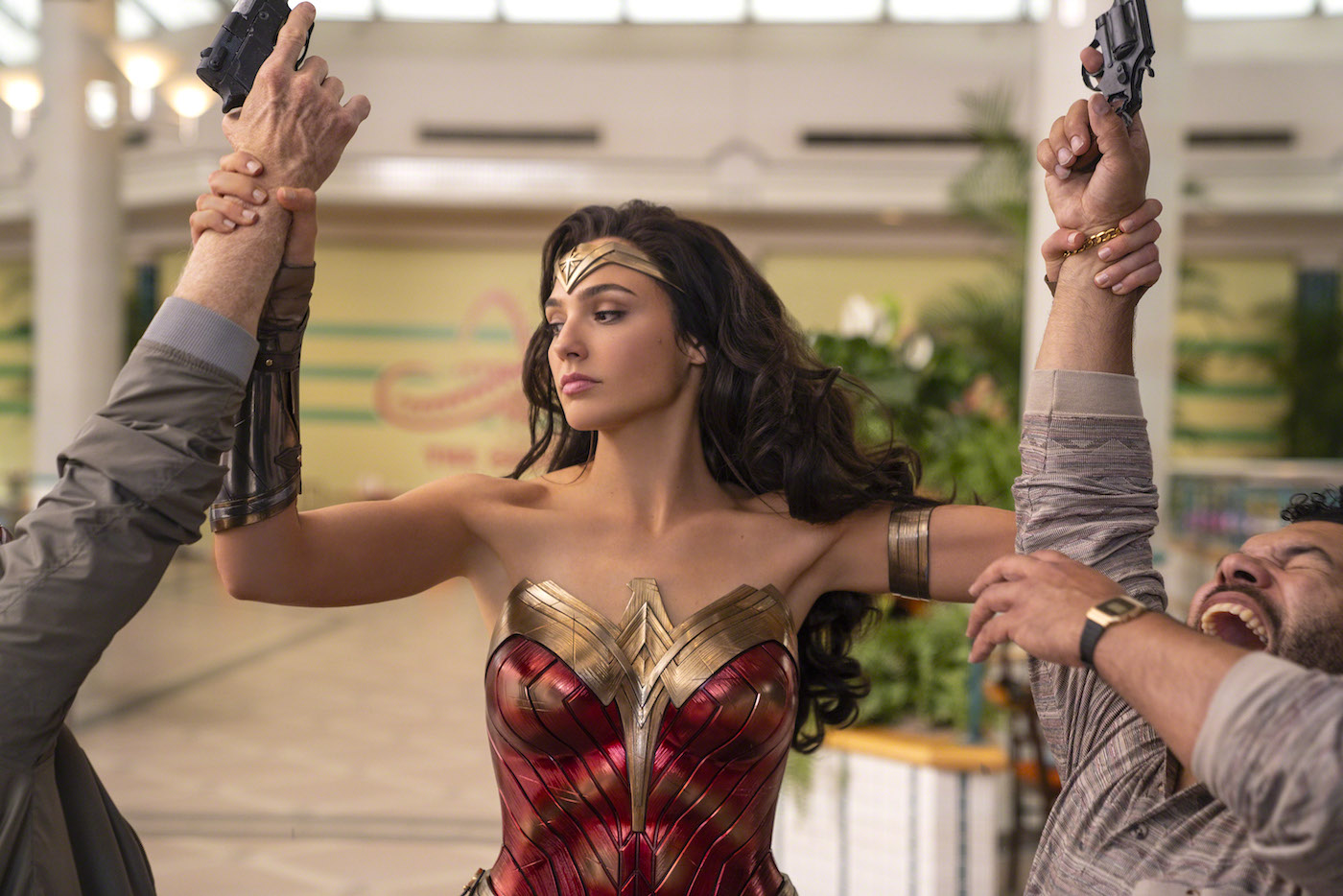
by Valentina Valentini / Photos by Clay Enos
